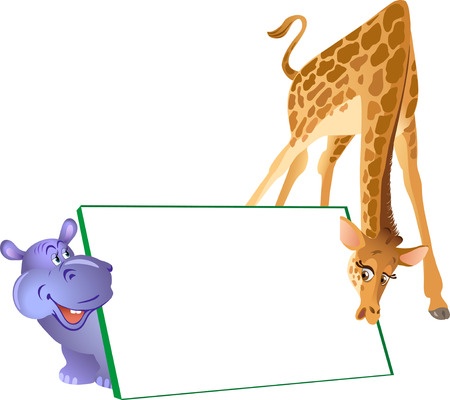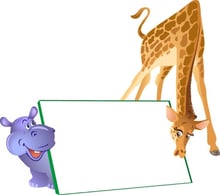Throw it in Zoom and See if it Sticks! (Part 1)
2020 was a year that witnessed a myriad of changes in the workplace, society, and how we interact, work, play, and…live. In the world of learning and...
3 min read
Brigg Patten : May 18, 2016 1:00:00 PM

 Storyboards go back to the 1930s when a Walt Disney animator began using them to organize cartoon scenes. In eLearning, a storyboard is simply a script that includes text, images and notes about how a learner is expected to interact with a learning module.
Storyboards go back to the 1930s when a Walt Disney animator began using them to organize cartoon scenes. In eLearning, a storyboard is simply a script that includes text, images and notes about how a learner is expected to interact with a learning module.
When used in creative work, storyboards allow instructional designers and trainers to see the "big picture."
Before computers, storyboarding was accomplished by making drawings or writing text on sheets or boards that could be posted on a wall for review. Contemporary storyboarding is often accomplished by using slide presentations, which makes the components of storyboards easy to manipulate and share when a team must collaborate on a project.
Think of a storyboard as a set of slides that not only contain the content to be learned, the slides also contain information such as where a photo or icon might be added and notes about now the learner will navigate through a lesson or module. Storyboarding allows course designers and subject matter experts to try different course design and layout options before putting the final product together for use by learners. Effective storyboarding is essential in custom eLearning development and results in successful eLearning projects.
Storyboards Save Time and Money
Using a storyboard can save time and money. Creating a course without testing the flow of activity can be costly if the course is not user-friendly for learners. Storyboarding provides a means for beta-testing a course before it becomes active. It allows designers, subject matter experts, training managers and the users to test components and make adjustments before the final version is launched. All stakeholders can sign off on a project having had an opportunity to see the module or project from start to finish.
Storyboards Reduce Scope Creep
Storyboarding helps employers and instructional designers avoid scope creep. Scope creep occurs when a project grows as a result of having no boundaries. Storyboarding can help a team see when an eLearning project begins to creep toward irrelevant information. Scope creep can cause the project to become bogged down in details. Without some way of guiding activities, an eLearning project can grow well beyond the original scope. A storyboard works like a blueprint to assure that custom learning development stays on track
Developing a storyboard can also help employers and instructional designers see where additional resources may be needed. For example, the training may require links to other websites and materials.
Storyboards Add Flexibility to Course Development
Storyboarding allows course components to be moved around and placed in a sequence that works best for the learner. It also makes it easier to work with technical experts and programmers who must develop the programming for images and interactive components of a lesson.
Storyboards are Easy to Create with Presentation Software
A simple way to create a storyboard is to create a set of blank presentation slides. Number each slide and add titles. Now you can enter your script for each slide. Save your slides on your computer and print them. Use the option that allows you to print six slides per page. Now you can add additional information to your slides by making handwritten notes or drawings. Or, if you prefer, you can add notes and graphics using your computer.
The advantage of using a slide presentation program to create your storyboard is that once you have added your handwritten notes, you can go back and type your notes into your slides and you can make notations regarding the type of graphics to include. You also have the option of cutting and pasting information and moving slides around for updates. Additionally, you can upload your slides to a cloud-based file sharing program and collaborate with team members who can add their ideas and comments.
Storyboards Allow You to Provide Clear Instructions to Course Developers
The course developer takes the storyboard from concept to finished product. To expedite the development process, it is important to include specific instructions such as font sizes, colors, image sizes, and timing. You can also add other notes to the storyboard such as how you expect the learner to interact with elements on a specific slide. If you want the learner to choose which parts of a lesson he or she wants to learn, the developer needs to understand the need for non-linear navigation. It is important to make notations to describe elements such as navigation, button design, and where buttons should be located on each slide.
Practice Your Storyboarding Skills
If you are new to storyboarding, you can practice by developing a few slides to teach a simple task. For example, if you design instruction for a health care agency, creating a ten slide storyboard for a lesson that teaches proper handwashing techniques can help you develop your skills. Think about what you want the learner to be able to do after completing the lesson. Make sure your storyboard includes all elements needed to teach the task.
.png)
2020 was a year that witnessed a myriad of changes in the workplace, society, and how we interact, work, play, and…live. In the world of learning and...

1 min read
We’ve been using virtual classroom technologies for more than 20 years now. Unfortunately, we are still holding on to a content model that insists...